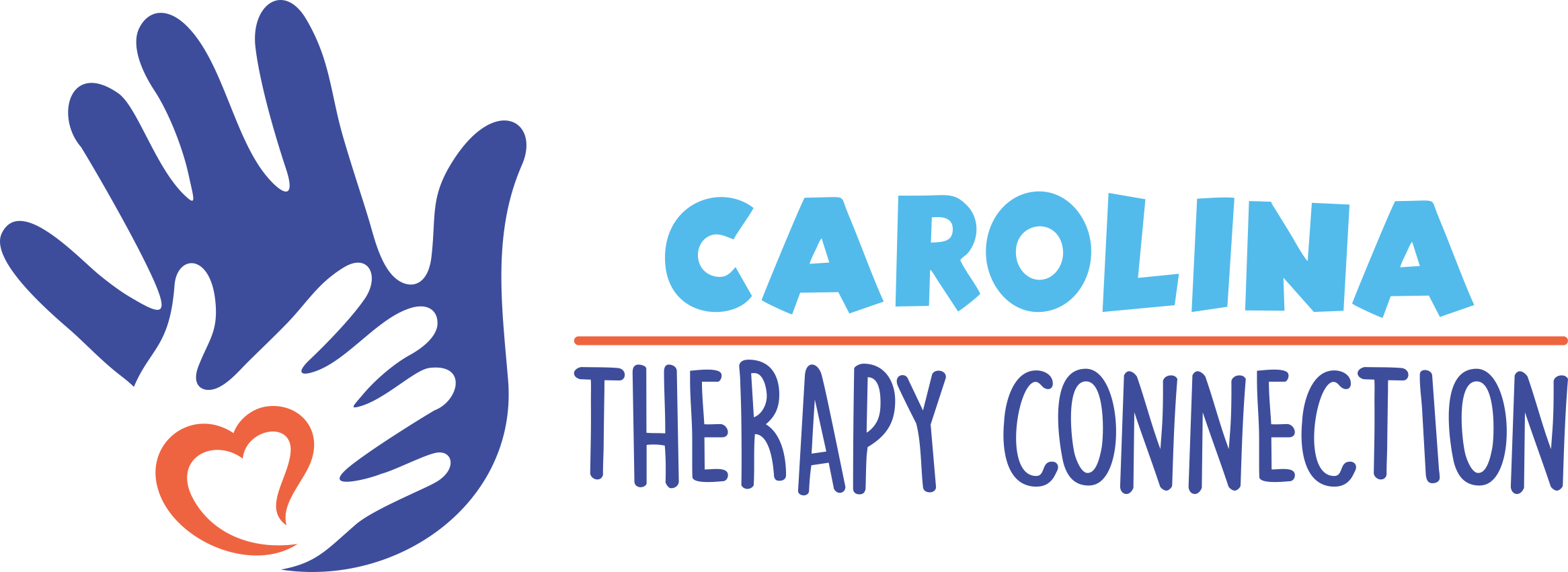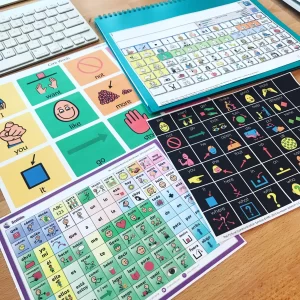Stuttering in children is a speech disorder characterized by disruptions in the natural flow of speech. Developmental stuttering is a common experience, typically emerging between the ages of 2 and 5 when children are first learning to speak fluently and developing a large repertoire of words, phrases, and sentences. While many kids experience a phase of disfluency in their normal speech development and may outgrow it, some might continue to stutter as they grow older. In this case, speech therapy may be recommended.

Causes of Stuttering in Children
The exact cause remains unclear, but it’s believed to arise from a combination of genetic, neurophysiological, and environmental factors. Children with a family history of stuttering are more likely to develop it. Some kids experience stuttering due to differences in brain structure or function related to speech production. Emotional factors like stress, pressure to communicate quickly, or a hurried environment can also increase stuttering. Stuttering occurs at the initiation of voice, which is why we typically hear disfluencies at the beginning of words and phrases.
According to Johns Hopkins Hospital, A child is more likely to stutter if he or she has:
- A family history of stuttering
- Stuttered for 6+ months
- Other speech or language disorders
- Strong emotions about stuttering or family members with fears or concerns
Types of Disfluencies
Stuttering manifests in various ways, such as repetitions (repeating sounds, syllables, or words), prolongations (elongating sounds), and blocks (inability to produce sounds). These disruptions can lead to tension and anxiety, causing the child to avoid certain words or situations where they might feel pressured to speak.
Speech Therapy for Stuttering:
Speech therapists play a crucial role in assessing, diagnosing, and treating stuttering. Here are some primary approaches utilized in speech therapy:
Speech Modification Techniques: Therapists teach children to use gentle starts to sentences, and employ smooth, relaxed breathing patterns. This helps in reducing the frequency and severity of stuttering moments. Continuous phonation, for example, is a technique where speakers learn to keep their voice on and vocal folds vibrating throughout speech.
Fluency Shaping: This technique focuses on reshaping the child’s speech patterns by teaching smoother speech movements. It involves controlled breathing, gentle voicing, and gradually increasing sentence length to enhance fluency.
Stuttering Modification: This approach concentrates on changing the child’s emotional and cognitive reactions to stuttering. It involves desensitizing the child to the fear and anxiety associated with stuttering and teaching strategies to manage and accept disfluency.
Parental Involvement: Educating parents about stuttering and how to support their child’s speech development is key to increasing the child’s success. Therapists often teach parents techniques to practice at home, creating a supportive environment for the child’s progress.
Communication Skills Training: This includes enhancing overall communication skills, like turn-taking and using pauses effectively. It helps in building the child’s confidence and reducing the pressure associated with speaking.
Long-Term Outlook
Many young children outgrow developmental stuttering; however, some might continue to stutter into adolescence and adulthood. In such cases, ongoing therapy, support groups, and strategies for managing stuttering in social and professional settings become vital.
How can Carolina Therapy Connection help?
Children who sutter often benefit from therapy from skilled Speech-Language Pathologists. Stuttering in children is a complex speech disorder that necessitates early intervention and specialized therapy. Speech therapists employ a variety of techniques focusing on speech modification, emotional support, and overall communication enhancement to help children manage and, in many cases, overcome stuttering. Family involvement and a supportive environment are fundamental in the child’s journey towards improved fluency and confidence in communication. At Carolina Therapy Connection, our treatment is highly individualized to your child’s needs. A standardized assessment will be administered to detect any disfluencies, and our therapists will work with you and your child to develop a plan for enhancing skills to build confidence across all social environments (home, school, social groups, etc). If you have any concerns or questions regarding your child’s development, call our clinic at (252) 341-9944.
By Ashley Holloway, MS, CCC-SLP, CAS




